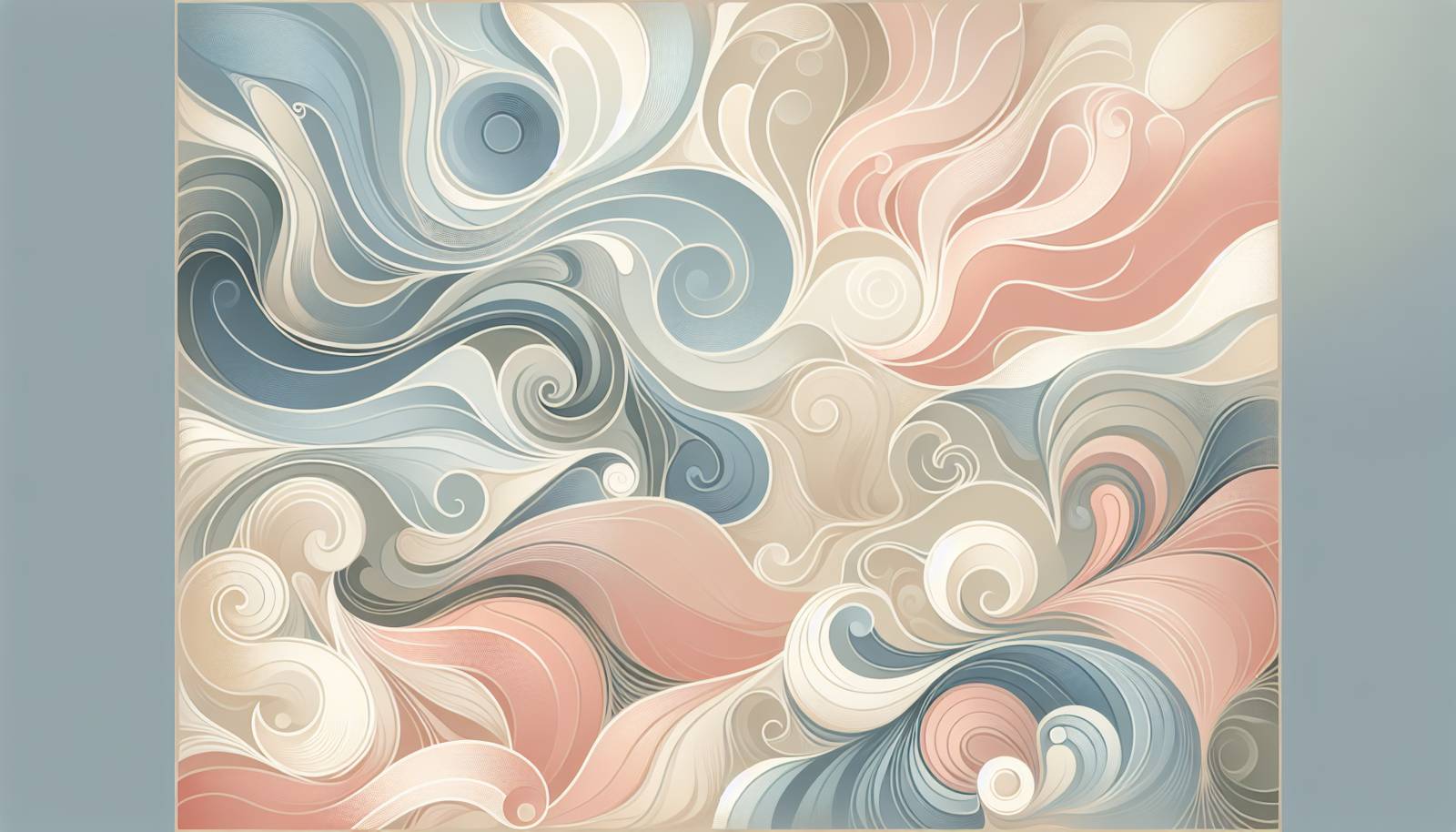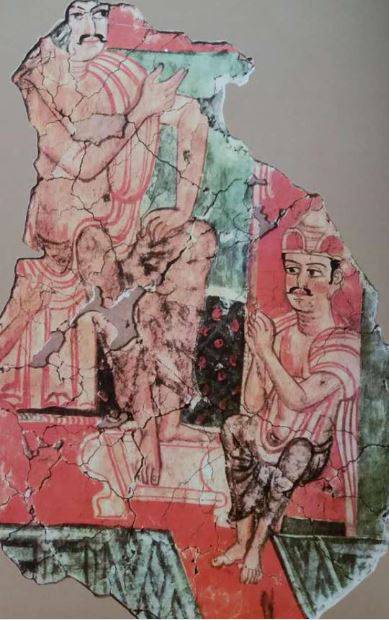
FAQ About The Influence of Dream Interpretation in Art Movements

What is the significance of dream interpretation in art movements?
Dream interpretation plays a crucial role in art movements by providing a rich source of symbolism and narrative that artists can draw upon. Dreams often reflect subconscious thoughts, desires, and fears, which can lead to innovative and emotive artistic expressions. Movements like Surrealism and Symbolism prominently feature dream interpretations, where artists such as Salvador Dalí and René Magritte explored dreamscapes to challenge perception and reality.

Which art movements are most associated with dream interpretation?
Surrealism is the art movement most closely associated with dream interpretation. Surrealists believed that the unconscious mind, explored through dreams, held the key to creativity and expression. Additionally, Symbolism, with its focus on emotions and ideas conveyed through symbolic imagery, also uses dreamlike qualities in its works. Both movements emphasize the importance of tapping into the dreams and the unconscious as a source of innovation.

How did Sigmund Freud influence artists' use of dream interpretation?
Sigmund Freud's theories on psychoanalysis and the interpretation of dreams greatly influenced many artists, particularly those in the Surrealist movement. Freud's idea that dreams are windows into the unconscious mind resonated with artists who were eager to explore the deeper layers of human experience and psychoses. Artists like Salvador Dalí and Max Ernst used Freudian concepts to delve into the irrational and bizarre landscapes of the mind, often creating artworks that were rich in symbolic content.

What is an example of an artwork that uses dream interpretation?
One famous example is Salvador Dalí's "The Persistence of Memory". This iconic Surrealist painting uses dream-like imagery to challenge perceptions of time and reality. The melting clocks draped across a barren landscape evoke a sense of distorted temporality, akin to the surreal experiences often encountered in dreams. This piece exemplifies how dream interpretation can be translated into visual art, using symbolism to convey complex ideas and emotions.

How do symbols derived from dreams appear in art?
Symbols from dreams often appear in art as abstract or exaggerated figures, objects, or scenes. These symbols can manifest as animals, distorted human figures, fantastical landscapes, or bizarre juxtapositions that defy logical comprehension. They are meant to represent deeper subconscious truths or evoke emotional responses. Artists use these dream-derived symbols to invite viewers to interpret personal meanings and tap into their own subconscious experiences.

Can dream interpretation in art be linked to specific artists?
Yes, several artists are renowned for integrating dream interpretation into their work. Salvador Dalí, with his melting clocks and dreamlike landscapes, and Max Ernst, known for his fantastical compositions, are two prime examples. Another is René Magritte, whose surreal paintings often feature everyday objects placed in unconventional contexts to evoke the uncanny. These artists used dreams as foundational elements to explore perception and reality through art.

Does dream symbolism only apply to visual arts?
No, dream symbolism extends beyond visual arts to literature, music, and film. In literature, authors like Franz Kafka and Jorge Luis Borges have used dream motifs to explore the bizarre and the abstract. In music, composers like Claude Debussy and Pink Floyd have drawn inspiration from dreams to create ethereal compositions. Film directors like David Lynch and Federico Fellini have crafted narratives filled with dreamlike elements, influencing the storytelling medium profoundly.

How did Surrealist artists use dreams in their artworks?
Surrealist artists used dreams as a gateway to explore the unconscious mind, utilizing dream imagery to transcend reality and unlock imagination. They often employed techniques like collage, automatism, and juxtaposition to merge dream logic with visual art, thereby creating artworks that appear bizarre, yet provoke thought and introspection. These works challenge viewers to suspend rationality and engage with the subconscious aspects of their own minds.

What techniques do artists use to represent dreams?
Artists employ various techniques to represent dreams, including automatism, where creations are made without conscious thought to tap into subconscious ideas. They also use distortion and scale manipulation to create dreamscapes, along with juxtapositions of unrelated images to mimic the often fragmented and illogical nature of dreams. Use of vibrant colors and fluid forms helps evoke the surreal quality typically associated with dream-like experiences.

How do cultural differences affect dream symbolism in art?
Cultural differences significantly affect dream symbolism in art, as different cultures interpret symbols and themes differently based on their myths, values, and beliefs. For instance, interpretations of animals or celestial bodies can vary widely across cultures. This cultural lens influences the symbols artists choose from their dreams and how these symbols resonate with audiences from diverse backgrounds. Such variations can lead to distinct regional expressions within art movements.

What role does Carl Jung's theory play in artistic dream interpretation?
Carl Jung's theories, particularly the concept of archetypes and the collective unconscious, have influenced artistic dream interpretation by providing a framework for understanding universal symbols that appear in dreams. Jung proposed that these archetypes are shared by all humans, influencing how they perceive art and interact with symbols. Artists like Jackson Pollock and Mark Rothko have explored Jungian ideas to delve deeper into the human psyche through abstract art forms.

How did dream interpretation influence modern art movements besides Surrealism?
Besides Surrealism, dream interpretation influenced movements like Expressionism and Abstract Expressionism. Expressionists utilized dream imagery to convey emotional states and subconscious feelings, often through distorted and exaggerated imagery. Abstract Expressionists, influenced by both Freud and Jung, employed spontaneous and subconscious processes in their art, allowing the subconscious to dictate form and composition, as seen in the works of artists like Jackson Pollock.

Has technology impacted how dream interpretation is used in art?
Technology has significantly impacted dream interpretation in art by providing artists with new tools and mediums for expression. Digital art, virtual reality, and interactive installations allow for the creation of immersive dreamscapes that can simulate the experience of dreaming more vividly. Moreover, technology facilitates the analysis and replication of dream imagery, enabling artists to explore complex visual phenomena that may have been challenging to represent using traditional methods.

What is the role of dream diaries in art creation?
Dream diaries serve as vital tools for artists interested in incorporating dream interpretation into their work. By recording dreams immediately upon waking, artists can capture intricate details and emotions that may serve as inspiration or directly influence their artworks. These diaries can offer a rich repository of ideas and symbols that aid in translating the abstract nature of dreams into tangible art forms, enhancing the authenticity and originality of the creation process.

How does dream interpretation contribute to the philosophical themes in art?
Dream interpretation contributes to philosophical themes in art by probing questions about reality, perception, and existence. Through the surreal and often illogical nature of dreams, artists can explore existential concepts such as the nature of the self, consciousness, and the boundaries between reality and illusion. These explorations can deepen the philosophical impact of art, prompting viewers to reflect on the nature of their own reality and the hidden dimensions of the human psyche.

Can the interpretation of dreams in art provide therapeutic benefits?
Interpreting dreams through art can offer therapeutic benefits by serving as a form of catharsis for both artists and viewers. By expressing subconscious fears, desires, or traumas, artists can process internal conflicts and emotional struggles, sometimes leading to personal insights or healing. For viewers, engaging with dream-based art can evoke emotional responses or reflections that contribute to self-awareness and emotional processing.

How might future art movements utilize dream interpretation?
Future art movements might utilize dream interpretation by embracing new technologies and interdisciplinary approaches to explore the subconscious mind. With advancements in brain imaging and artificial intelligence, artists might integrate more scientific insights into how dreams function biologically. This could lead to art that not only reflects personal dreams but also incorporates collective or simulated dream experiences, pushing the boundaries of how dreams influence artistic expression.

What methods do artists use to translate dream interpretation into performance art?
In performance art, artists might translate dream interpretation into choreographed movements, spontaneous improvisations, or multimedia elements that convey dream states and subconscious themes. They often use abstract, symbolic gestures and non-linear narratives to represent the fluidity and unpredictability of dreams. Performance art allows the ephemeral and dynamic aspects of dreams to be explored live, engaging audiences directly and creating shared dreamlike experiences.

Why are contemporary artists still interested in dream interpretation?
Contemporary artists remain interested in dream interpretation because it continues to offer a rich wellspring of creativity and emotional depth. Dreams provide uncharted territories to explore personal and collective histories, feelings, and visions, resonating with both artists and audiences. In a constantly evolving world, dreams can offer insights into the human condition, reflecting societal changes and challenges through a universally relatable medium.
